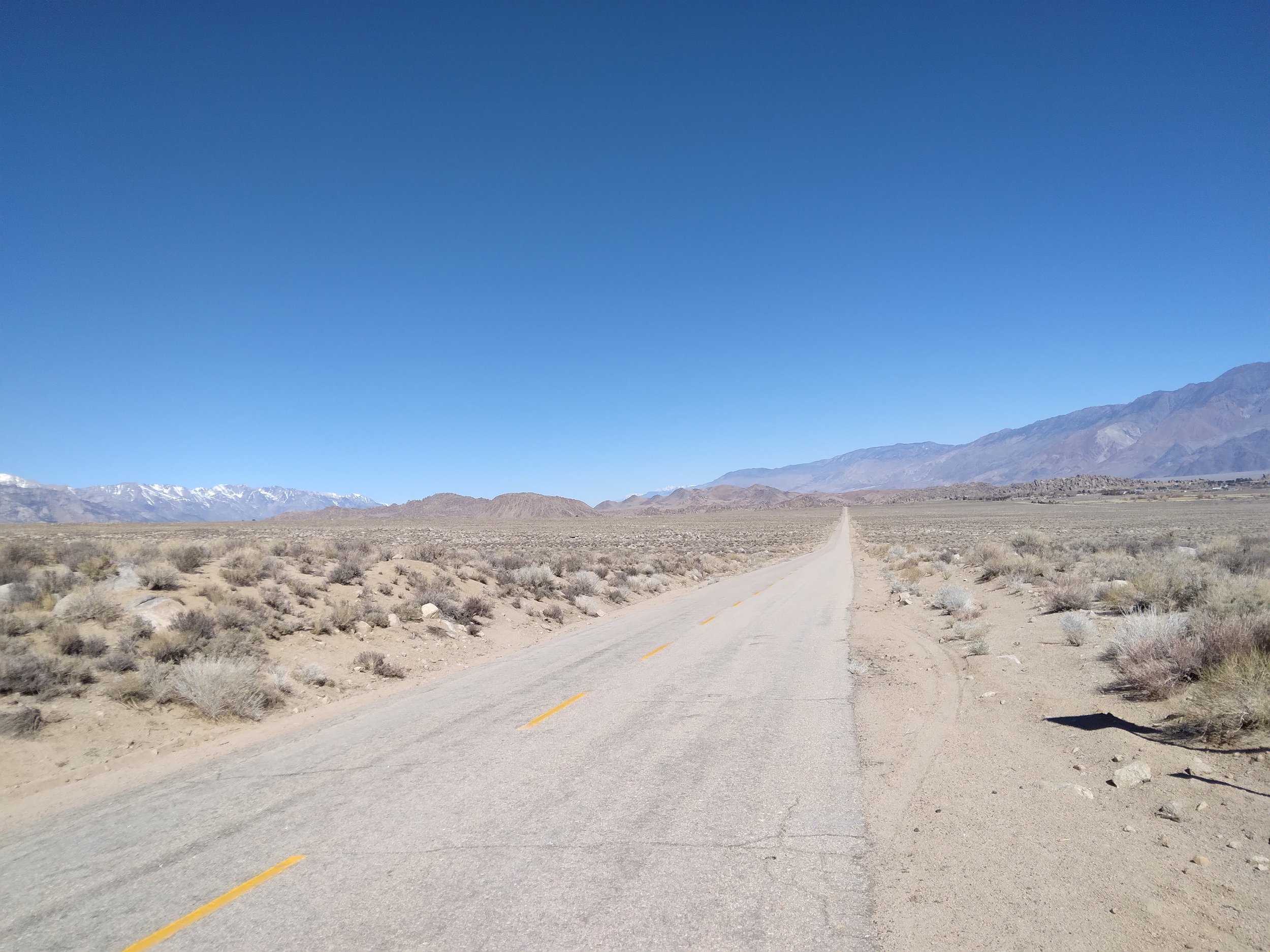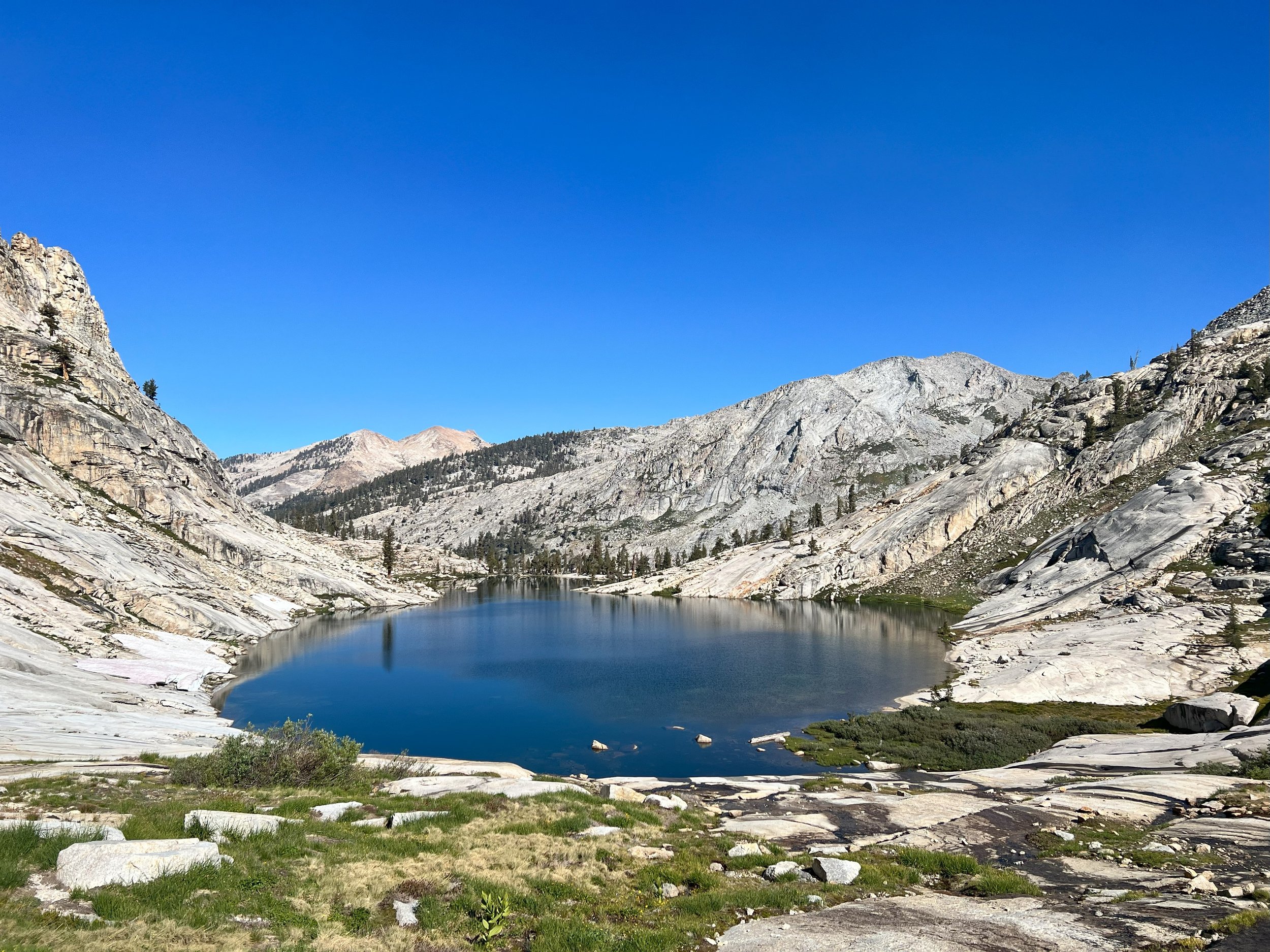Traveling to old and new locations
Old road thru small ranches outside Lone Pine, California. A frequent route to the foothills and canyon
Near Mojave, California
A canyon in the White Mountains, California. Often times traveling at night .
Lone Pine, California - Mt Whitney and Death Valley.
Back roads near Olancha, California
Fort Ross, California.
Pear Lake, Sequoia National Park.
Fort Ross, California.
Coastal hills and forest at Fort Ross State Park
This series explores the earth’s outer most layer as revealed in the uplifted land at coastal cliffs and in the mountains and canyons.
White Mountains, California, at the ancient bristlecone pine forest.
While the images can be displayed as individual works, they are intended to be paired in vertical and horizonal arrangements.
The prints are about with the natural world and its visual manifestations. They document the earth as immensely powerful. These images allow us the opportunity to consider our place in the environment.
INFLUENCES : include artist such as Joseph Cornell, Emily Dickinson, Bruce Nauman, Wolfgang Laib, Richard Long and Andy Goldsworthy
Campsite at Ellery Lake, California
TOM RICHARD is an American land artist. He was born in Fort Walton, Florida. From an early age he has been interested in exploring the natural environment of his surroundings. He started taking pictures with a Brownie Kodak camera at age 10. He studied art and photography at the University of Dallas, Texas (under graduate) and at the University of Texas at Austin (graduate). Using high resolution photographs, he documents the uplift and erosion of ancient strata and earth formations. These he sometimes combines with ocean and driftwood scenes he finds along the coast. He works primarily in the Sierra Nevada Mountains, Death Valley and along the coast of northern California.
Ladder Lake, Yosemite, California
Death Valley near Stovepipe Wells, California
Other on-going work includes a video project called Ocean Series (see oceanseries.net) for public sites in architectural settings, Freeways (see daylightgallery.net) videos and prints that document commercial trucks and the environment. In the 1990’s he completed a series of large (up to 20 feet long) bronze public sculptures, Bronze Ocean, which are in the collections of the government of Saudi Arabia in Riyadh at the King Faisal Foundation building and in the collection of Mr. & Mrs. Ambani of Mumbai, India, in their private residence. Tom lives near San Francisco, California with his wife Marge.
EQUIPMENT
Phase One P65 Camera, Fujica GW690, and the Sony 7RIV Camera
COMMISSIONS
the King Faisal Foundation, Riyadh, Saudi Araba, 2000.
Mr. & Ms. Ambani of Mumbai, India, 2010.
O.K. Harris Gallery Estate, New York City, 2005.
AWARDS and EXHIBITS
Art in General, New York, New York, 2004 O.K. Harris Gallery show, New York, New York, 2005 The New York Art World Magazine, Review by Joel Simpson, Jan. 2005 Del Mar Gallery, Del Mar, Ca., 2008 - 2020 Cambridge Art Show, First Place, New York, New York, 2005 Soho Photo Gallery, First Place, New York, New York, 2005 National Sculpture Society, First Place, New York, New York, 1979 Marin art Council Show and grant, Marin County, Ca., 2004 Princeton Architectural Press, “Transmaterial”, B. Brownell - editor, Featured work, 2005 B.J. Spoke Gallery show, New York, New York, 2006 Katherine Chapin Fine Art, New York, New York Alessandro Berni Gallery, New York, New York, 2021 - 24
OTHER CURRENT WORK
oceanseries.net
large video displays for architectural settings
daylightgallery.net
FREEWAYS - prints and video displays
BLUE DOORS 2019 video on seamless display screen
BLACK DOORS 2020 high resolution print 48”W X 72”H edition of 25
oceanbronze.com
OCEAN BRONZE - large functional bronze designs





























